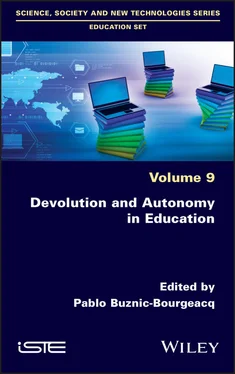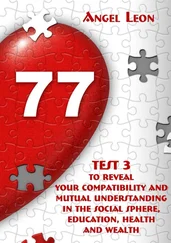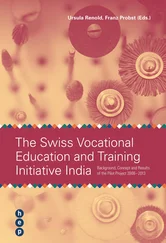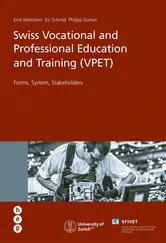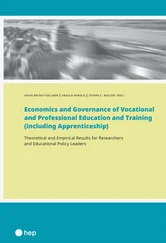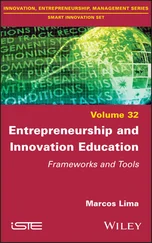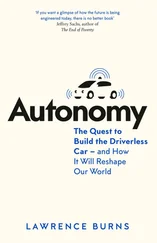– to invest a situation not foreseen and/or not observed and/or not favored by the teacher;
– to encounter useful but unrecognized situational knowledge that is not appropriate to the target knowledge;
– to find themselves in a gap with the knowledge encountered through institutionalization.
I insist on the fact that such situations are not “pathological” and it is undoubtedly their recognition and regulation rather than their avoidance that must be the object of our attention. Indeed, the student gives the teacher a part of his or her activity to see, which the teacher observes and interprets, based on his or her knowledge (Vignon 2014). The student thus informs the teacher, more or less voluntarily, about his or her own interpretation of the situation in place, which can help the teacher (Mercier 1998), when possible, to redirect the devolution of the programmed situation or at least to imagine a new future situation.
However, the clues which, for an external observer who is a tutor of mathematics, can be interpreted as the investment, by a student, of a situation installed by the teacher without the latter’s knowledge, or can be interpreted by the teacher as proof of inattention or of the academic or disciplinary difficulty of the same student, independent of the situation.
One of the student’s difficulties is that the situational knowledge that he or she actually encounters in a situation, the knowledge that he or she has managed to develop a little and that he or she would like the teacher to recognize and explain, is not always the knowledge that is institutionalized.
Open conclusion on the processes of devolution and institutionalization
Wondering about the devolution process thus leads to questioning the institutionalization process. These processes, when understood as a movement between institutional knowledge and situational knowledge (devolution: from institutional knowledge to situational knowledge; institutionalization: from situational knowledge to institutional knowledge) appear to be interdependent. The teacher, at the moment when he or she conceives a project of teaching, is led to install situations that summon situational knowledge (process of devolution); this situational knowledge, which is invested by the student, will be progressively transformed (formulated, validated, formalized, memorized, etc.) into knowledge in the institution of the class and finally be brought together with knowledge from other institutions (process of institutionalization).
This description might suggest that these are processes that flow smoothly, but this is generally not the case:
– The situations put in place more or less deliberately by the teacher and invested by students may not call upon a situational knowledge that is appropriate to the knowledge to be taught, in which case it causes a rupture for these students, in their expectation of legitimization of the situational knowledge they have invested during the situation.
– The situational knowledge used by students in situations, especially when they do not correspond to what the teacher has anticipated, may be ignored by the teacher who may believe that the student is not engaging any situational awareness (that he or she is inattentive, that he or she has not understood the instruction, etc.).
If these phenomena occurred only rarely and if they almost never involved the same students, it would have little effect. However, there seems to be a recurrence of phenomena that I have called “didactic bifurcations” (Margolinas 2005), which often involve students participating in the devolution process by investing in unforeseen situations (Margolinas and Thomazet 2004; Margolinas and Laparra 2008).
This observation leads us to reconsider knowledge. Indeed, there are many institutions and they all produce knowledge, but some is not recognized as such, in particular knowledge that strongly engages bodies in the co-presence of other bodies: the knowledge of orality (Laparra and Margolinas 2016). The didactic transposition (Chevallard 1985) studies and describes the transformations necessary for this knowledge to be considered, in another institution (the school institution), as knowledge to be taught, which is historically and socially constituted as “school disciplines”. The didactics of the disciplines were historically constituted with reference to the disciplines of secondary education, which was undoubtedly an initial necessity in order to affirm the specific character of the study of the transmission of each field of knowledge. However, knowledge, which is at the heart of the didactics of each “discipline”, is thus defined externally to the didactics, which is not a satisfactory solution at the epistemological level.
Concretely, by working for 15 years with a French language tutor (Marceline Laparra, CREM, University of Metz), several phenomena have come to light that lead to questioning of these disciplinary boundaries. In particular, we have shown (Margolinas 2010; Laparra and Margolinas 2016) that the enumeration, pointed out by Brousseau (1984) and characterized by Briand (1999), provides leads for the analysis of recurrent difficulties of students in a large number of school situations, particularly in French language classes. The fact that enumeration appears only marginally in official texts (in France, only once, in the 2015 Cycle 1 curriculum, in relation to numbers) and that it is associated only with counting, prevents teachers from conceiving a link between the differences they observe in student procedures for “organizing” their actions and the knowledge to be acquired. In order for the dual process of devolution and institutionalization to proceed satisfactorily, it is still necessary for institutional knowledge and situational knowledge to be identified, which is not always the case, and which has led us to speak of “transparent knowledge” (Margolinas and Laparra 2008) for knowledge that exists in an institution but that is not, at a given moment in the history of the school institution, visible to it.
In this foreword, I have shown, on the one hand, that devolution is not a phase but a process (Margolinas 1993), and, on the other hand, that this process is linked to the process of institutionalization. These processes, even if they have been the subject of studies since they were first highlighted in the early 1980s, are not yet sufficiently well known, and moreover, their study requires a reconsideration of knowledge. This book, opening up this consideration to various scientific fields and disciplines is therefore very relevant and topical.
Claire MARGOLINAS
ACTé Laboratory
Clermont Auvergne University
April 2021
Bachelard, G. (1934). Le nouvel esprit scientifique. Alcan, Paris.
Balacheff, N. and Margolinas, C. (2005). cK¢ Modèle de connaissances pour le calcul de situations didactiques. In Balises en didactique des mathématiques , Mercier, A. and Margolinas, C. (eds). La Pensée Sauvage, Grenoble.
Bessot, A. (2011). L’ingénierie didactique au coeur de la théorie des situations. In En amont et en aval des ingénieries didactiques , Margolinas, C., Abboud-Blanchard, M., Bueno-Ravel, L., Douek, N., Fluckiger, A., Gibel, P., Vandebrouck, F., Wozniak, F. (eds). La Pensée Sauvage, Grenoble, 29–56.
Bosch, M. and Chevallard, Y. (1999). La sensibilité de l’activité mathématique aux ostensifs. Recherches en didactique des mathématiques , 19(1), 77–124.
Briand, J. (1999). Contribution à la réorganisation des savoirs prénumériques et numériques. Étude et réalisation d’une situation d’enseignement de l’énumération dans le domaine prénumérique. Recherches en didactique des mathématiques , 19(1), 41–76.
Читать дальше
